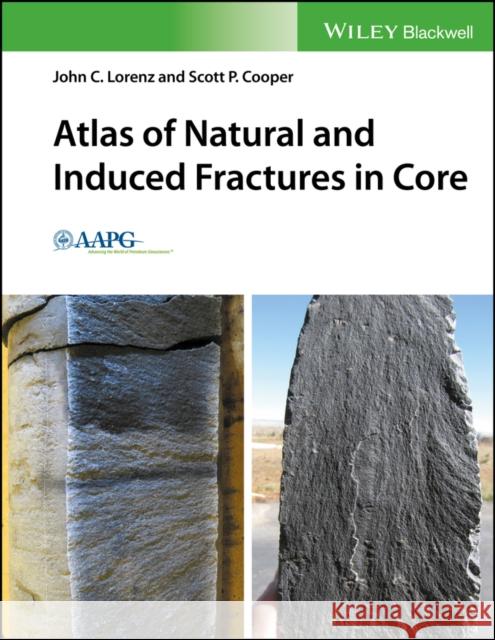Atlas of Natural and Induced Fractures in Core » książka
Atlas of Natural and Induced Fractures in Core
ISBN-13: 9781119160007 / Angielski / Twarda / 2017 / 328 str.
This atlas will provide a reference for the increasing number of geologists who have little or no experience in the interpretation of natural and induced fractures in cores. This inexperience derives from several factors including the gap between most geologists' experience and the advancing understanding of fractures in cores, the new crop of young geologists without mentors, and the growing disconnect between geologists and rig-site operations. Geologists used to -sit a well- for days at a time during critical operations and they became familiar with the aspects of coring operations which might produce artificial fractures in the core samples. Most such well-site operations are now contracted to intermediary service companies, creating a disconnect and commonly an inability to even distinguish between artificial -induced- fractures and natural fractures. The natural and induced fracture data contained in cores can provide a wealth of information if recognized and properly interpreted. This atlas will be useful to geologists charged with interpreting fracture-controlled permeability systems in reservoirs, and to students or the numerous other scientists collecting fracture data from cores. Increasing numbers of cores are being cut as the hydrocarbon industry recognizes that image logs do not provide the panacea for wellbore fracture interpretation that was originally hoped for. It is apparent that there is a significant need for a tool to help with the accurate interpretation of these cores. Evidence for that need includes the fact that the authors work as consultants who are in high demand for their skills in interpreting fractures in cores. The Atlas of Natural Fractures and Coring-Induced Structures in Core provides a means for identification of the different fracture types in cores as well as criteria for distinguishing between the types of fractures. Some fracture types are wide-spread and control the basic plumbing in a reservoir, others are local and provide orientation references or useful information on the in situ stress system, thus it is essential to be able to recognize the different fracture type in order to make use of the data. It is also useful to be able to recognize non-fracture artifacts in a core since many of them provide other types of useful information. The structures illustrated in the book combined with their basic interpretations are only the primary building blocks of a complete fracture assessment and analysis. These building blocks must be recognized and correctly interpreted if subsequent analyses, interpretations, and modeling efforts regarding fracture-controlled reservoir permeability are to be valid.











